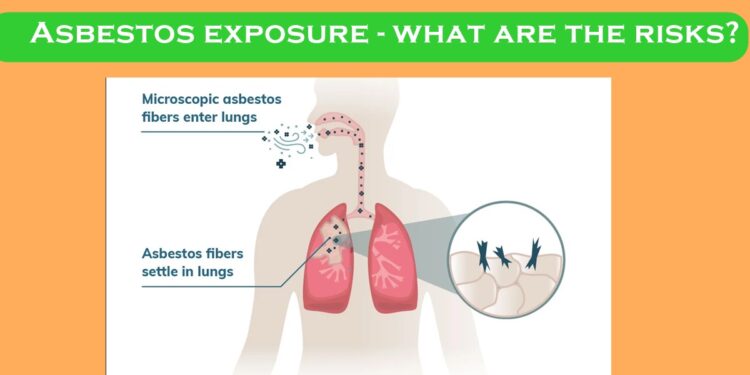Many people may have been exposed to asbestos in the past without realizing it. The effects are serious but can take many years to develop and show symptoms. Exposure to asbestos for long periods can cause serious health issues such as asbestosis, lung cancer and mesothelioma.
Diseases Caused by Asbestos Exposure
Lung, ovarian and laryngeal cancers are all caused by exposure to asbestos. Mesothelioma is a rare and incurable cancer which grows in the lungs or abdomen, it is almost exclusively caused by asbestos exposure. If you have been exposed to asbestos and are displaying symptoms of mesothelioma, it’s recommended to contact a doctor. You may also consider contacting a law firm working on Mesothelioma cases – click the link for more information.
What are the Risks to Our Health?
If we inhale the microscopic asbestos fibers, they can become trapped in the body’s airway and respiratory system. Although no level of asbestos exposure is regarded to be safe, the body can process a certain level of these fibers, but if too many are inhaled then some will become permanently stuck in the body. Most health issues arise from years of repeated exposure to the fibers, as over time this damage causes changes to cells that can lead to cancer. It can take up to 70 years to display symptoms of asbestos exposure, symptoms include difficulty breathing, chest pain alongside a range of other cancer-related symptoms.
Who is Likely to Have Been at Risk?
Those who have worked in trades and manual labor are often at the highest risk of asbestos exposure. Workers involved in construction, factories, shipyards and the military are considered likely to have been exposed to asbestos at work. Home renovation in older properties is also hazardous because older constructions often contain asbestos. When materials containing asbestos are disturbed (such as drilling or sanding), microscopic fibers are released into the air. The toxic dust can stay in the air for up to 72 hours after it’s been disturbed. Anyone in the surrounding area is in danger of inhaling it.
Legislation to Protect Against the Effects
Across the world, more than 50 countries have banned the use of asbestos. However, the U.S. continues to import and use asbestos, although it’s use is highly regulated due to safety regulations that were enforced in the 1970s. Before these regulations were in place workers in heavy industry and construction, such as mining were regularly exposed to asbestos whilst at work. In today’s world, workers such as electricians, mechanics and firefighters are still at risk of asbestos exposure.
How to Protect Yourself at Work
Employers are required to protect all workers from asbestos exposure by supplying protective equipment and ensuring safety procedures are followed. Actions such as wearing approved respirators and cleaning contaminated clothing after exposure should be strictly followed. Most people have likely to have had exposure to asbestos in small quantities during their lifetime, although trace amounts rarely cause health problems. You can find more details on how to stay safe at work at the Occupational Safety and Health Administration website.














